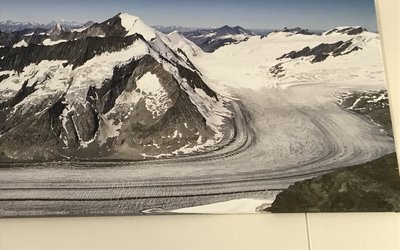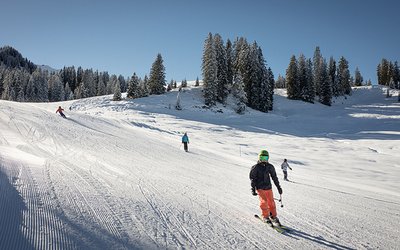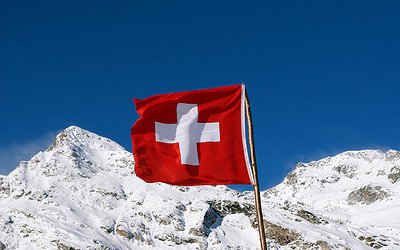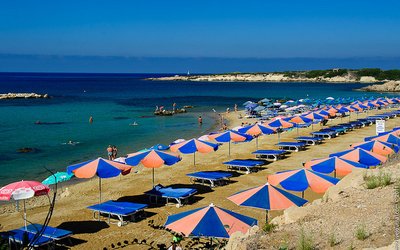
According to research among stakeholders, the most important impacts of climate change on tourism in Switzerland are snowpack reduction, melting glaciers, and water scarcity.
A first ‘wave of adaptation’ started in the 1990s’, after some successive years of very bad winter conditions. This mainly concerned the further development and securing of snow sports activities. Now, a new wave seems to take place, mostly focusing on the promotion of year-round tourism, innovation, and diversification of the tourism offer. This trend, however, is not only determined by climate change, but also by changes in tastes, globalization, population structure, and mobility patterns.
From research among stakeholders it was shown that the public sector has an important role to play in the process by coordinating adaptation measures, and generally, by designing a common strategy, which must promote sustainable and long-term solutions, in particular in relation to energy consumption and mobility. Barriers to adaptation can be social, economic, technological, and institutional, and can be overcome by:
- providing more and/or better information and communication on the consequences of climate change;
- fostering better cooperation among stakeholders, among political parties at the different levels, and higher public participation and in general by putting stakeholders willing to adapt in contact;
- providing financial support and more and/or better information and communication on possible adaptation measures.
Source: Matasci, 2012. PhD-thesis Swiss Federal Institute of Technology Lausanne, Switzerland.
Photo: Tamas (www.flickr.com)








